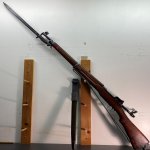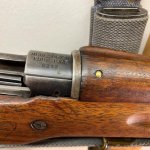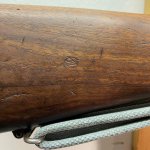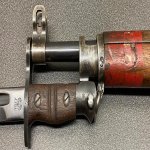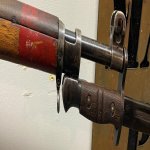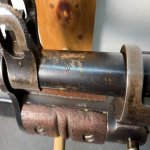bdft
CGN Ultra frequent flyer
Imagine the damage to these cases at places like Isandlwana or Roarke's Drfit. Locked ammunition boxes broken apart with rifle butts. The ammo would have been covered in dirt, scattered on the ground, some of it damaged. Cases ripped apart as they tried to reload as fast as they could. Failures to eject. Failures to extract. All the while facing a screaming hoard of Zulu. The men who survived that probably came away with a very poor opinion of the Martini Henry and the British government.















































